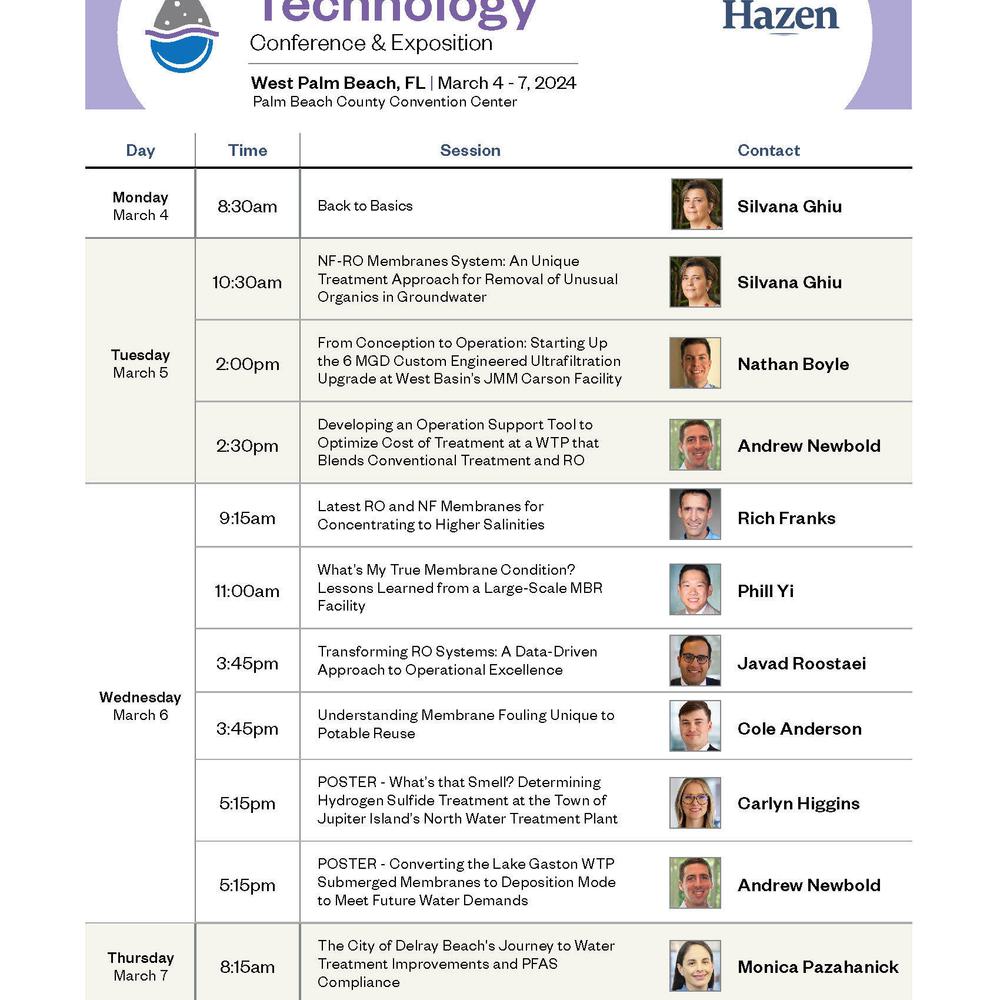Biological Filtration: Principles, Particles, and Performance
Last Modified Aug 02, 2022

Learn more about biological filtration, its potential advantages over conventional filtration, and operational considerations.
Biological filtration has many benefits: it increases the removal of natural organic matter, it reduces disinfection byproduct formation, it controls tastes and odors, and it produces a biologically stable finished water that minimizes distribution system regrowth and other water quality issues. However, it is not a panacea. Several utilities have reported problems with particle removal, excessive head loss development and short filter runs, difficulty controlling manganese, and less than expected removal of biodegradable organic matter. Significant research has been published showing the benefits of “engineered” biofiltration – a practice of ensuring the proper nutrient balance which has helped several utilities optimize the biofiltration process.
The purpose of this paper to examine the fundamentals of biofiltration. It builds on work first published on the topic in the 1992 (LeChevallier, M.; Becker, W.; Schorr, P.; and Lee, R.; "Evaluating the Performance of Biologically Active Rapid Filters", Journal AWWA, April, 1992) and focuses on the design and operating parameters associated with ensuring optimal particle removal under biological filtration conditions. Optimized filtration from a particle removal perspective is critical for preventing water-borne disease outbreaks from pathogens such as cryptosporidium or giardia.
Assuming coagulation is optimized, two main factors that affect particle removal and head loss development in biological filters -- ozone addition and filter media type and configuration. Results from pilot and full-scale experiments conducted to evaluate the impact of pre-filter oxidation using ozone on filtered water turbidity, particle counts, and head loss development will be presented. The results were quite dramatic – all oxidants were found to significantly reduce filtered water particle counts by as much as an order of magnitude compared to the “no ozone” case, even when filtered water turbidity was below 0.1 ntu.
Results from filter inspections conducted at biofiltration plants will also be presented. The results suggest that GAC media tends to produce fines than lead to poor filtration from and operations perspective.
This work suggests that great care should be taken in designing filters that operate in a biological mode such that particle removal is optimized. The paper will conclude with guidance and recommendations to utilities regarding pre- and intermediate disinfection/oxidation, filter media design, and optimization strategies for biological filters.









